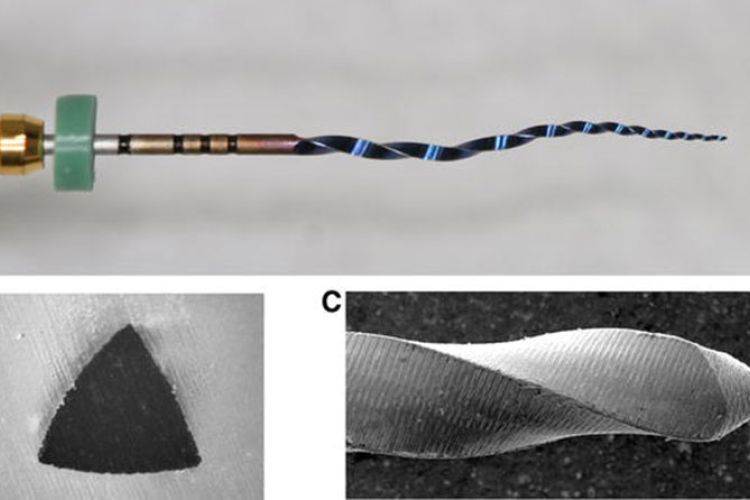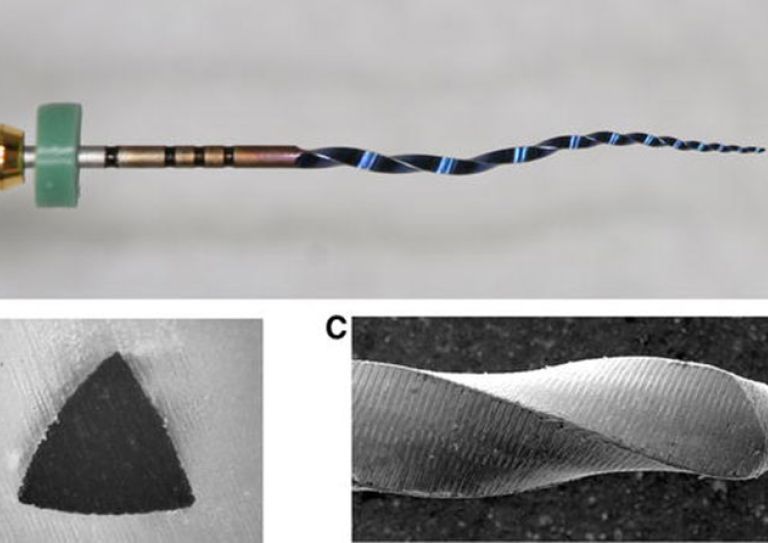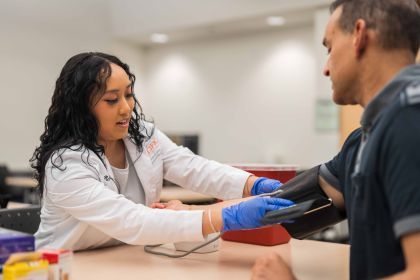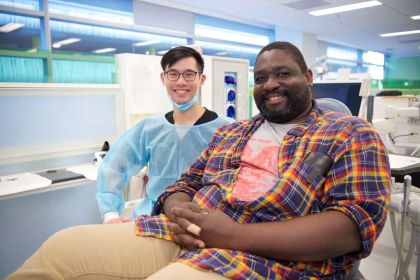Breadcrumb
Effect of Root Canal Treatment Procedures with a Novel Rotary Nickel Titanium Instrument (TRUShape) on Stress in Mandibular Molars: a Comparative Finite Element Analysis
What is it?
A study looking at how teeth handle stress loads after a root canal performed using particular methods and tools.
What problem does it aim to solve?
While the root canal is an important treatment for saving teeth, it can also weaken them - removal of bulk dentin during incremental restoration procedures is the culprit.
How does it work?
Researchers used two pairs of scanned plastic teeth with natural root canal anatomy to conduct finite element analysis, comparing the results of using two different instrument systems to perform root canal preparation.
What are the real-world implications?
Overall, the Trueshape instruments appeared to preserve more dentin than the Vortex instruments. Retaining as much radicular dentin as possible (by limiting the amount of coronal and midroot shaping) will reduce von Mises (or equivalent tensile) stress under normal daily conditions. Preparation of an access cavity resulted in increased von Mises stresses and the bonded restoration modeled in this study did not reduce the stresses to the levels that an intact tooth could withstand.
What are the next steps?
The results of this study need to be extended to understand potential clinical implications.

Overview of the TRUShape instrument in light microscopic and scanning electron microscopic imaging. a Instrument with apical size #20. Note the significant s-curve. b Cross-section approximately 3 mm from the tip. c Tip configuration.
Source
"Effect of root canal treatment procedures with a novel rotary nickel titanium instrument (TRUShape) on stress in mandibular molars: a comparative finite element analysis", Bonessio, N., Arias, A., Lomiento, G. et al. Odontology (2017) 105: 54. doi:10.1007/s10266-016-0232-y
Authors
Ove A. Peters
Ana Arias
University of the Pacific Arthur A. Dugoni School of Dentistry
San Francisco USA
Noemi Bonessio, Department of Mechanical and Aerospace Engineering
University of California, Irvine USA
Guiseppe Lomiento
Department of Civil Engineering
California State Polytechnic University
Pomona USA






